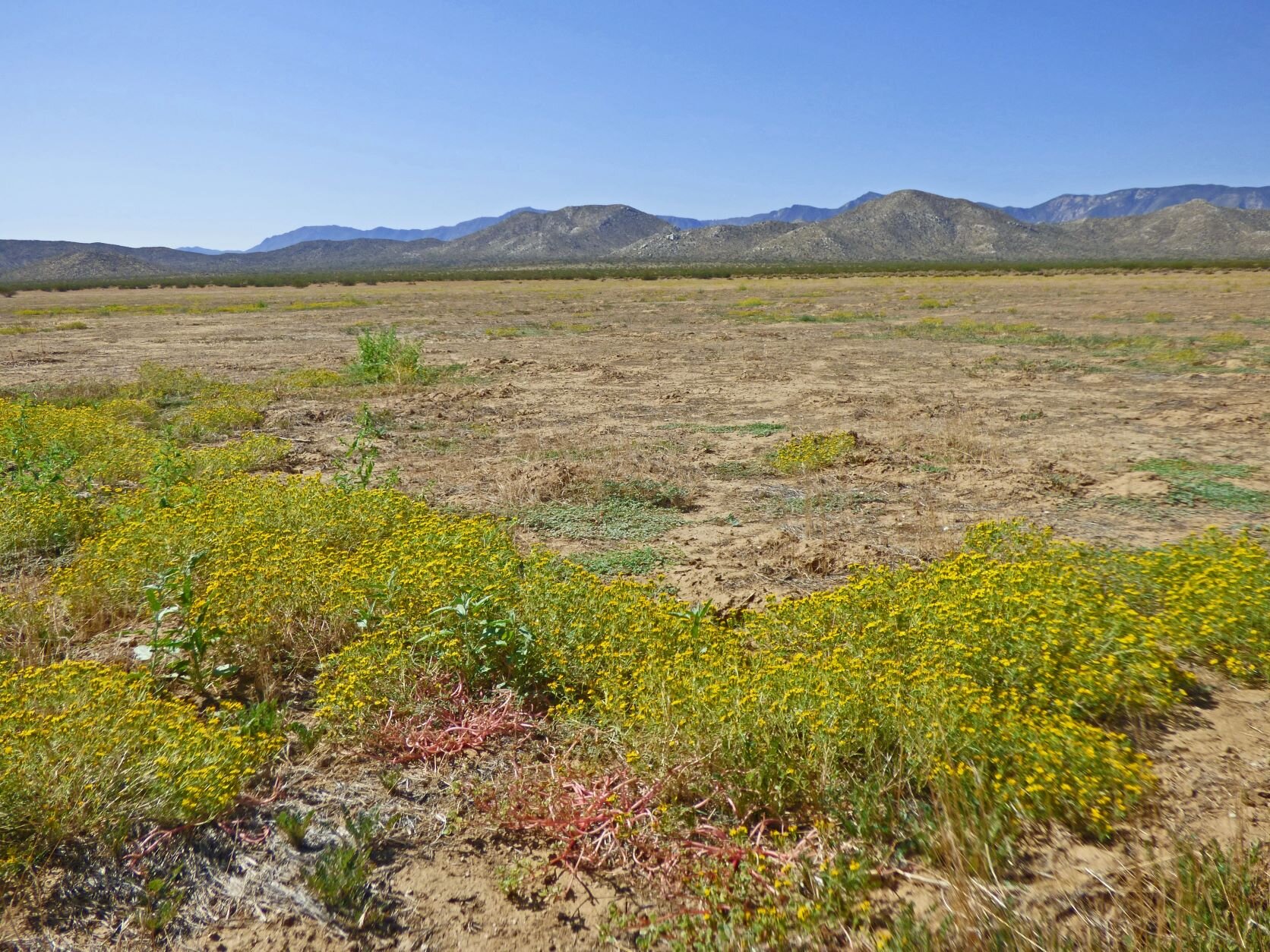Last week we continued to remove mustard at Lusardi Creek.
Below is a photograph of one of our most invasive and persistent pests at Lusardi Creek, perennial Carnation spurge (Euphorbia terracina). It was taken last month. As can be seen, some of these plants were already flowering. We haven't been able to take care of it this year as the road has been too muddy to drive on. We should get to it soon.
We won't perform any restoration this week due to untimely commitments and to what is forecast to be a strong midweek storm. Look for more time next week.
--Robert Byrnes
Co-chair
Habitat Restoration Committee
CNPS-San Diego













